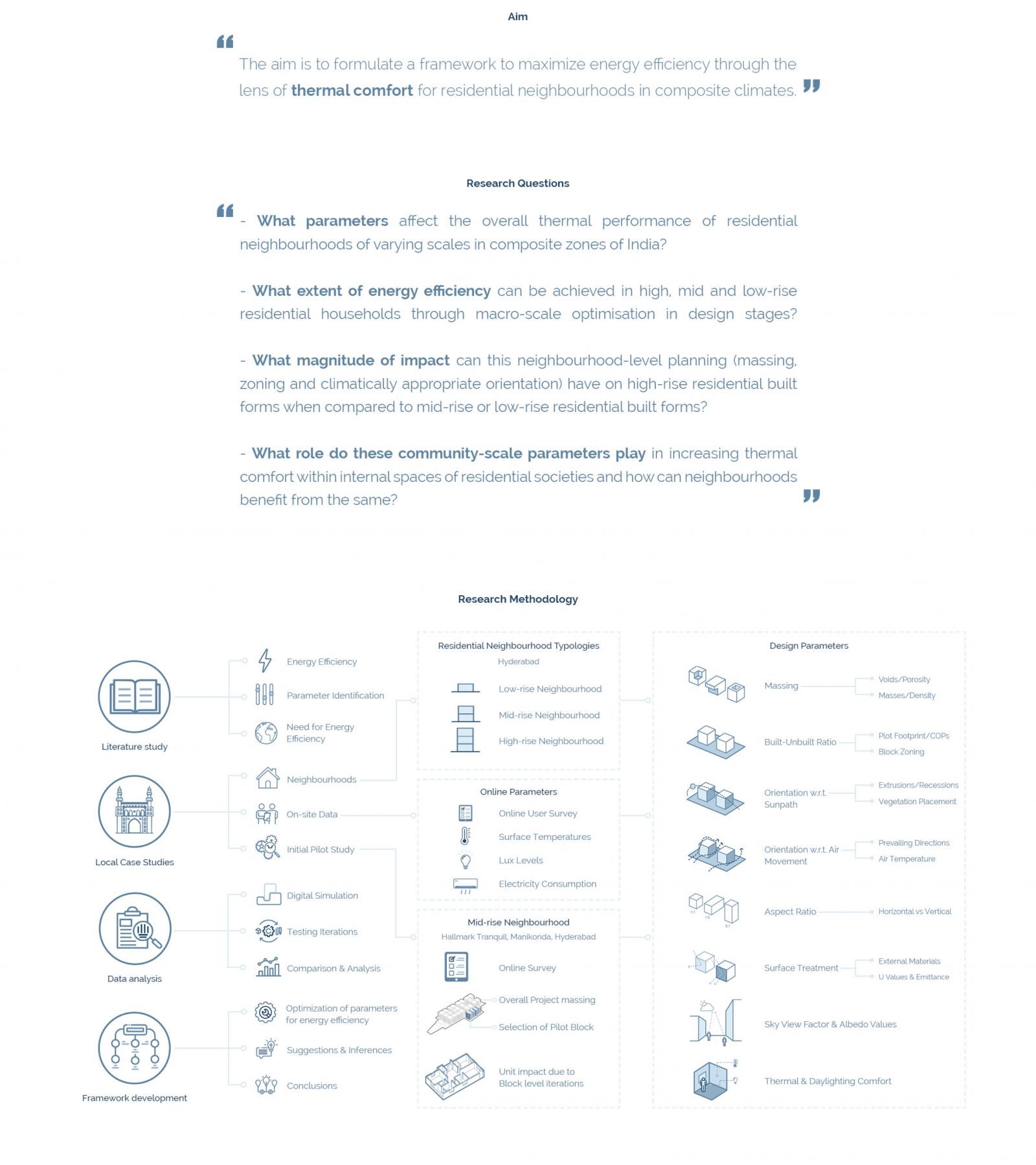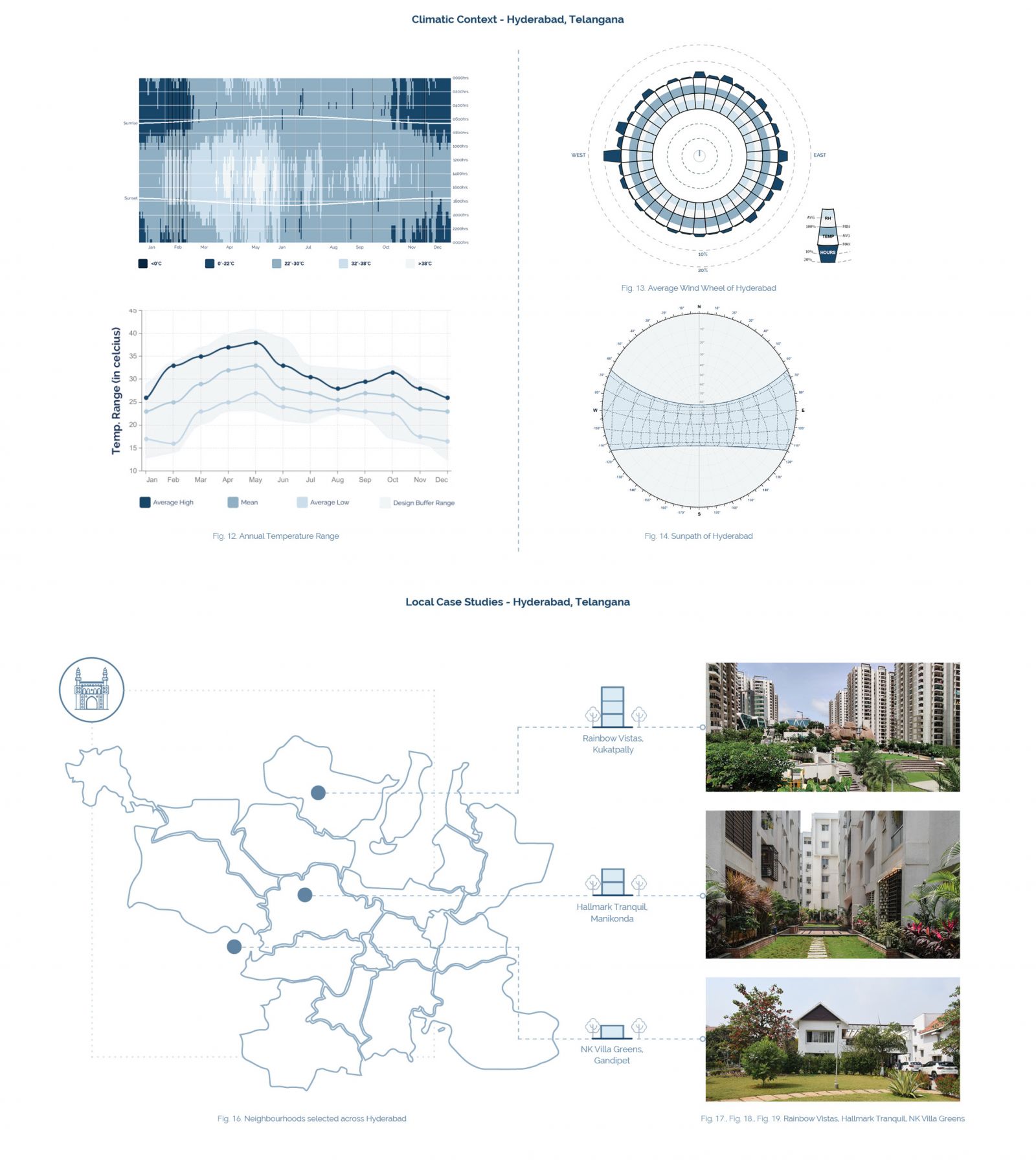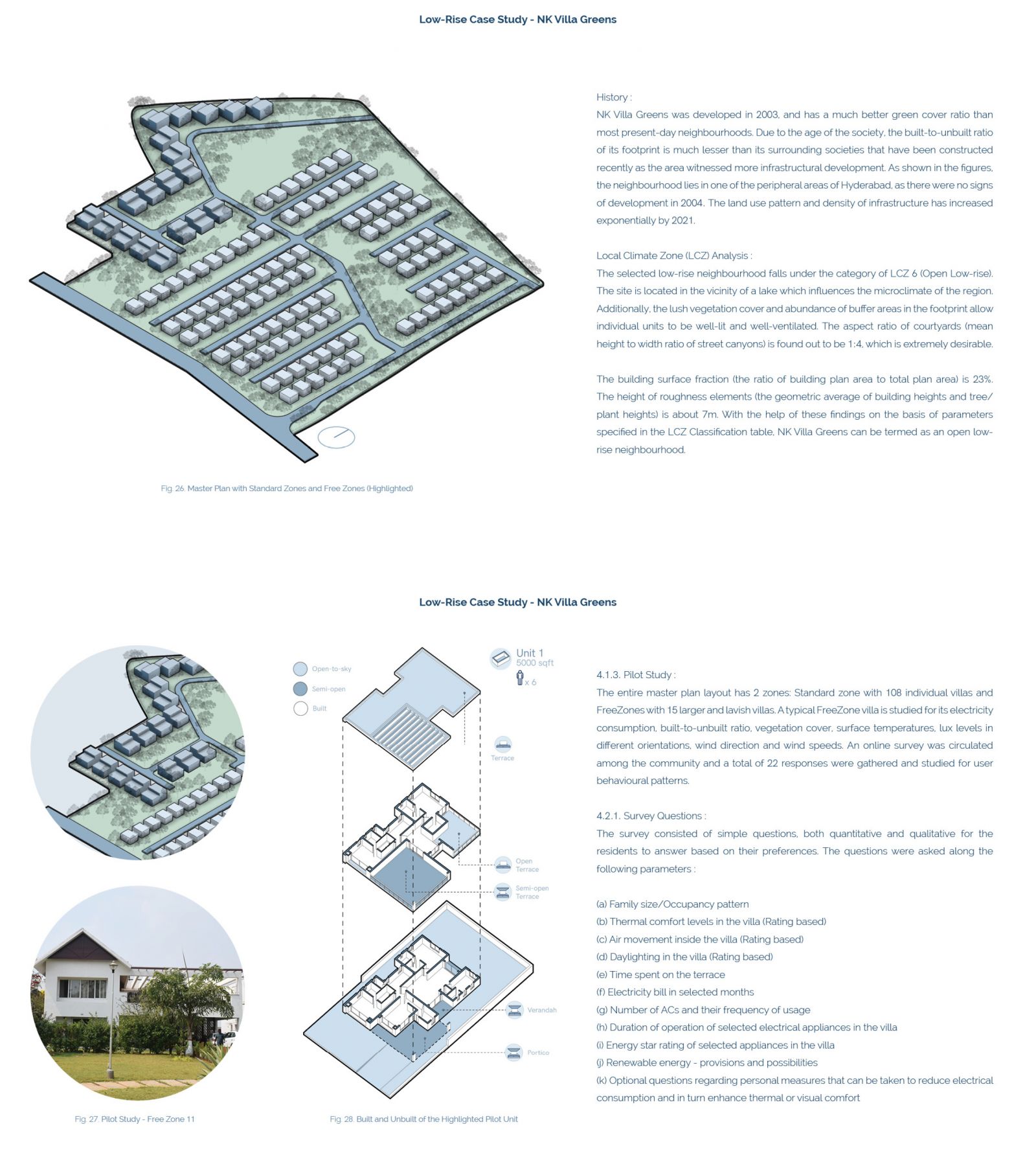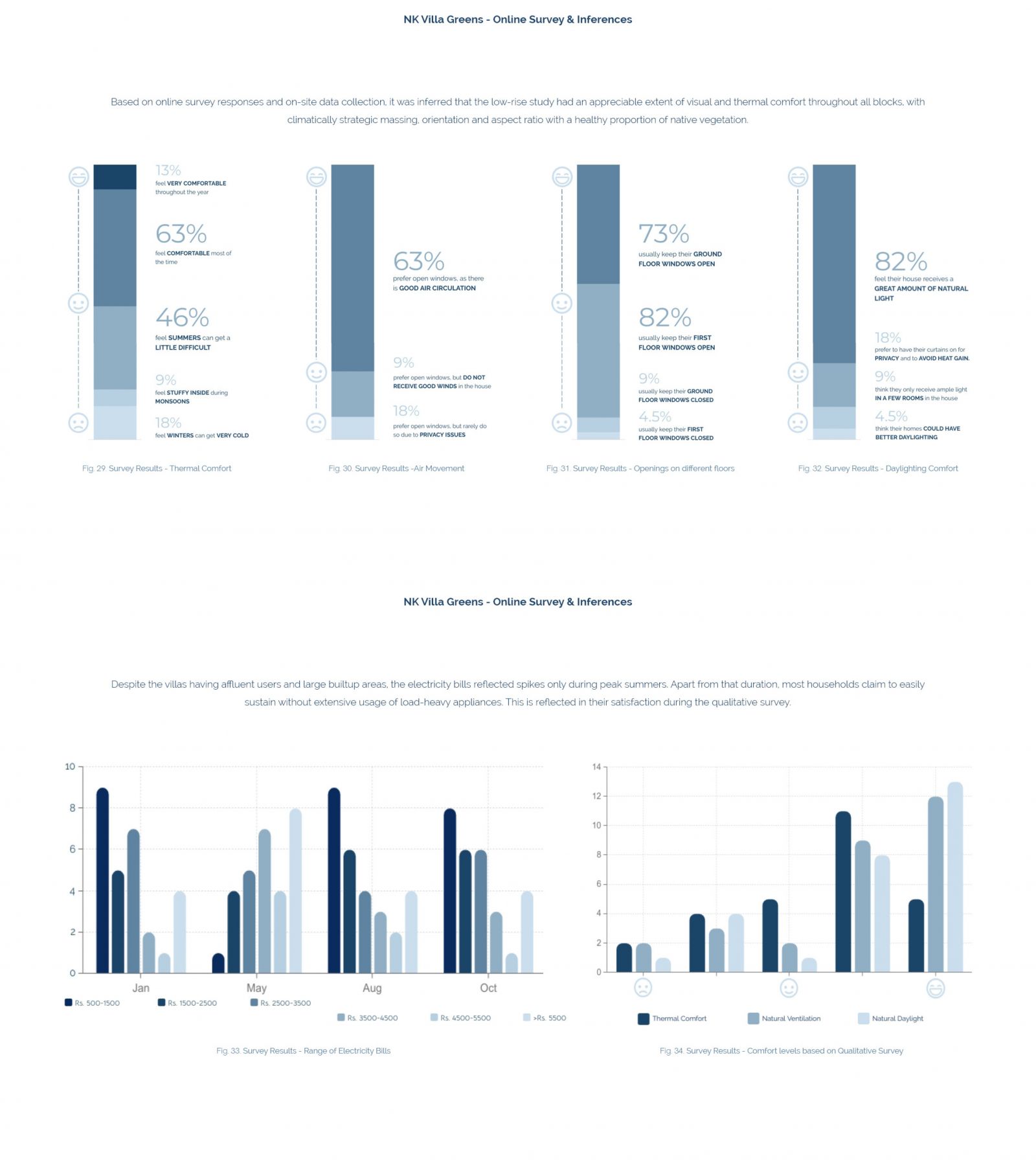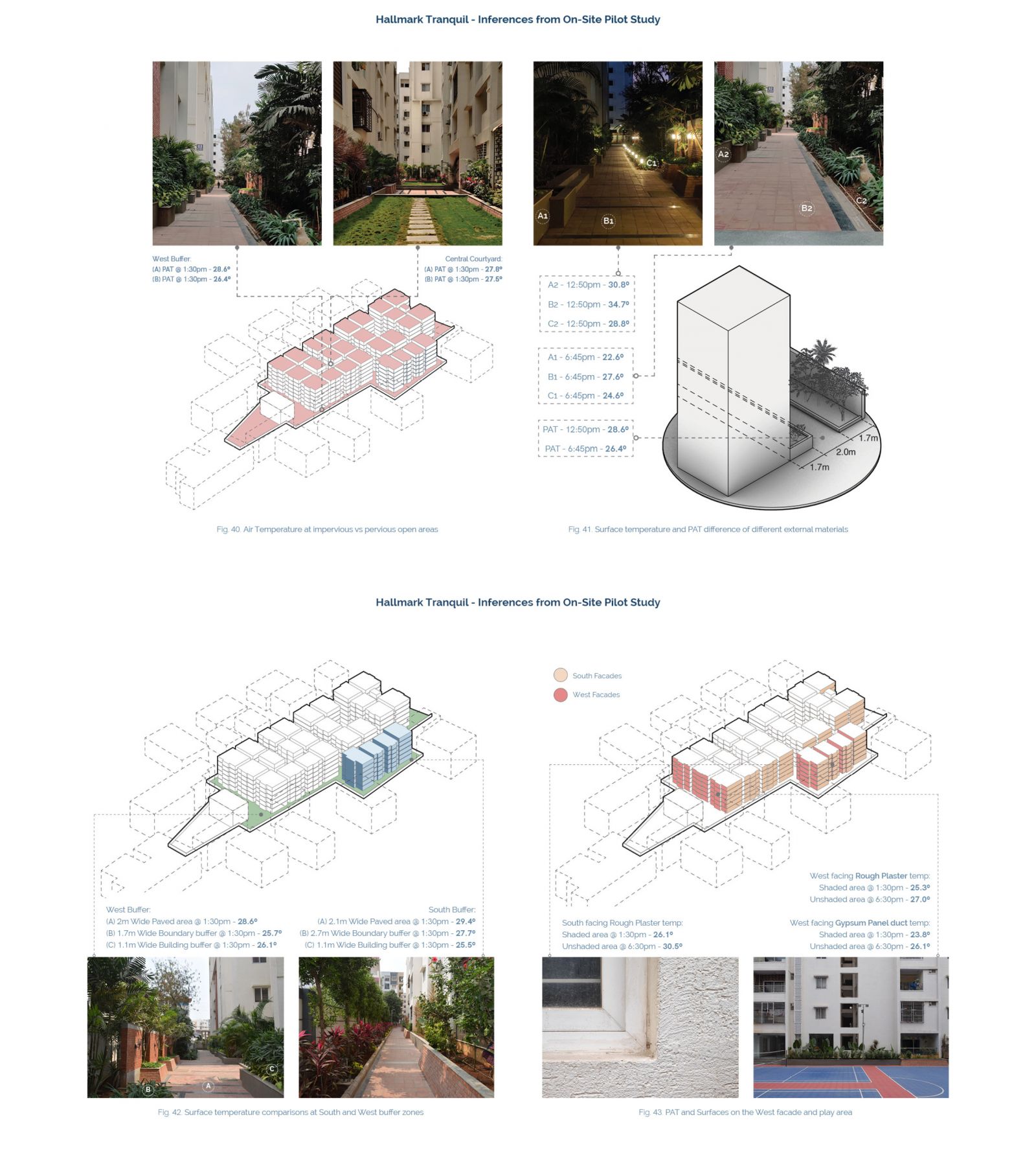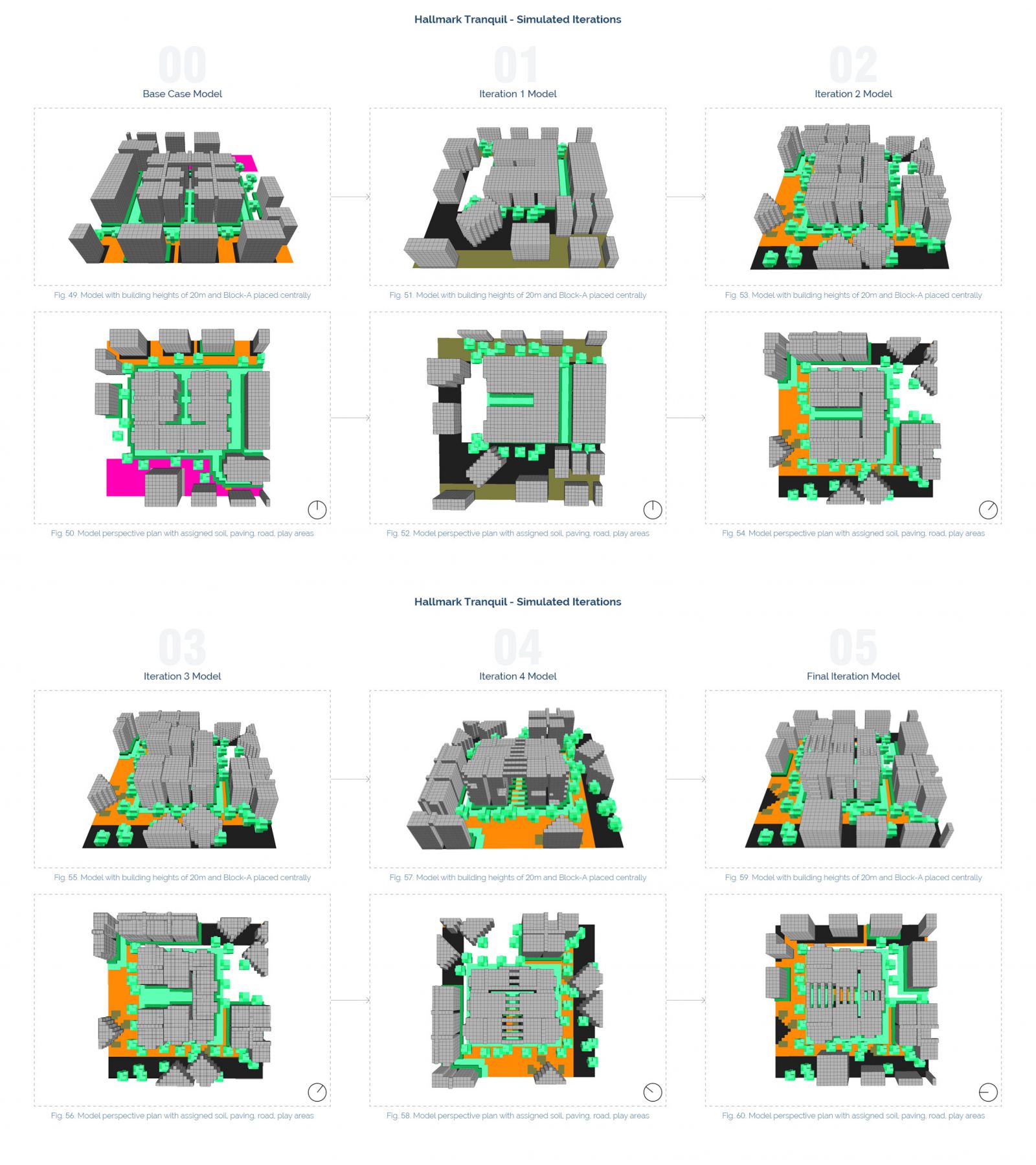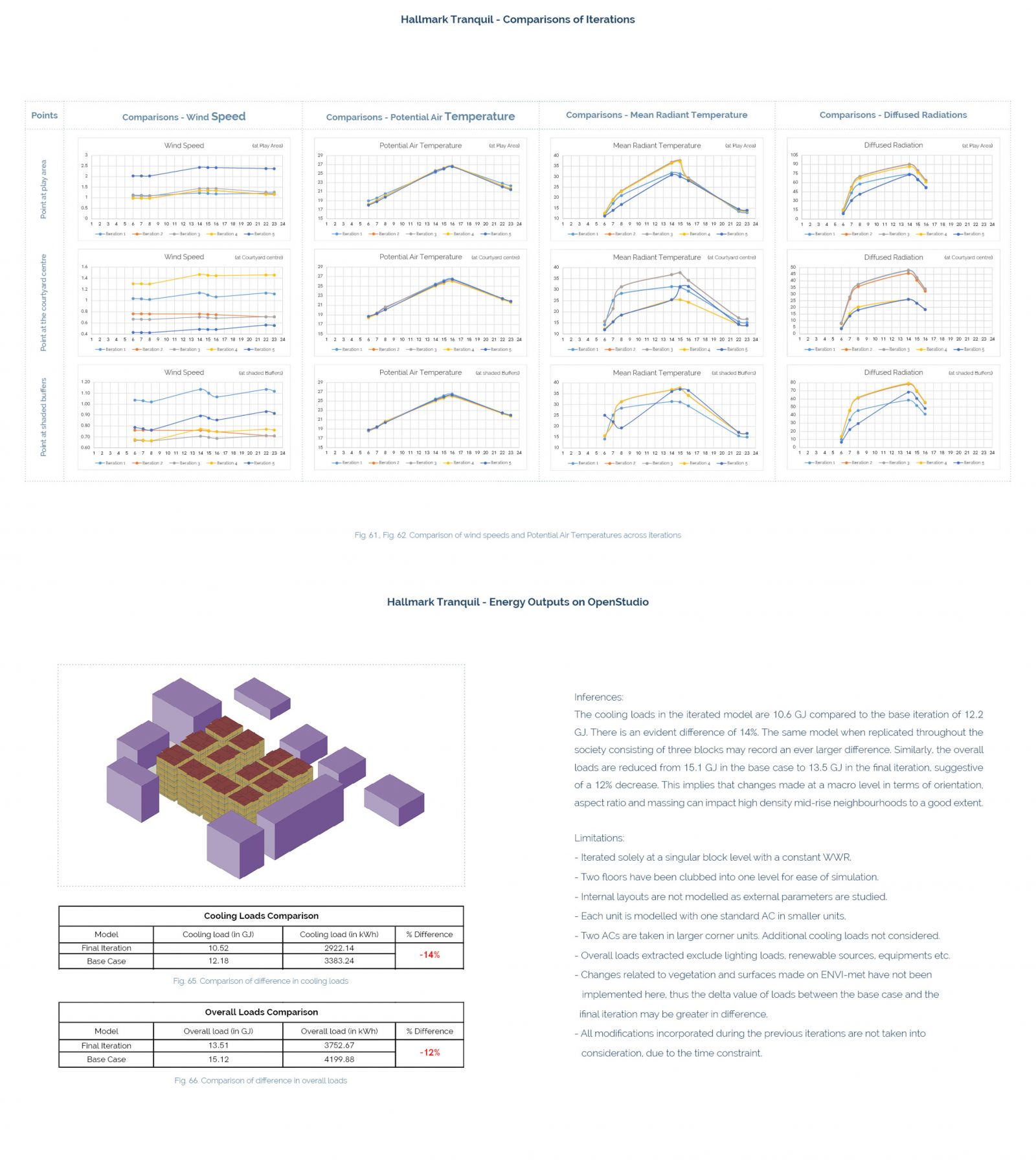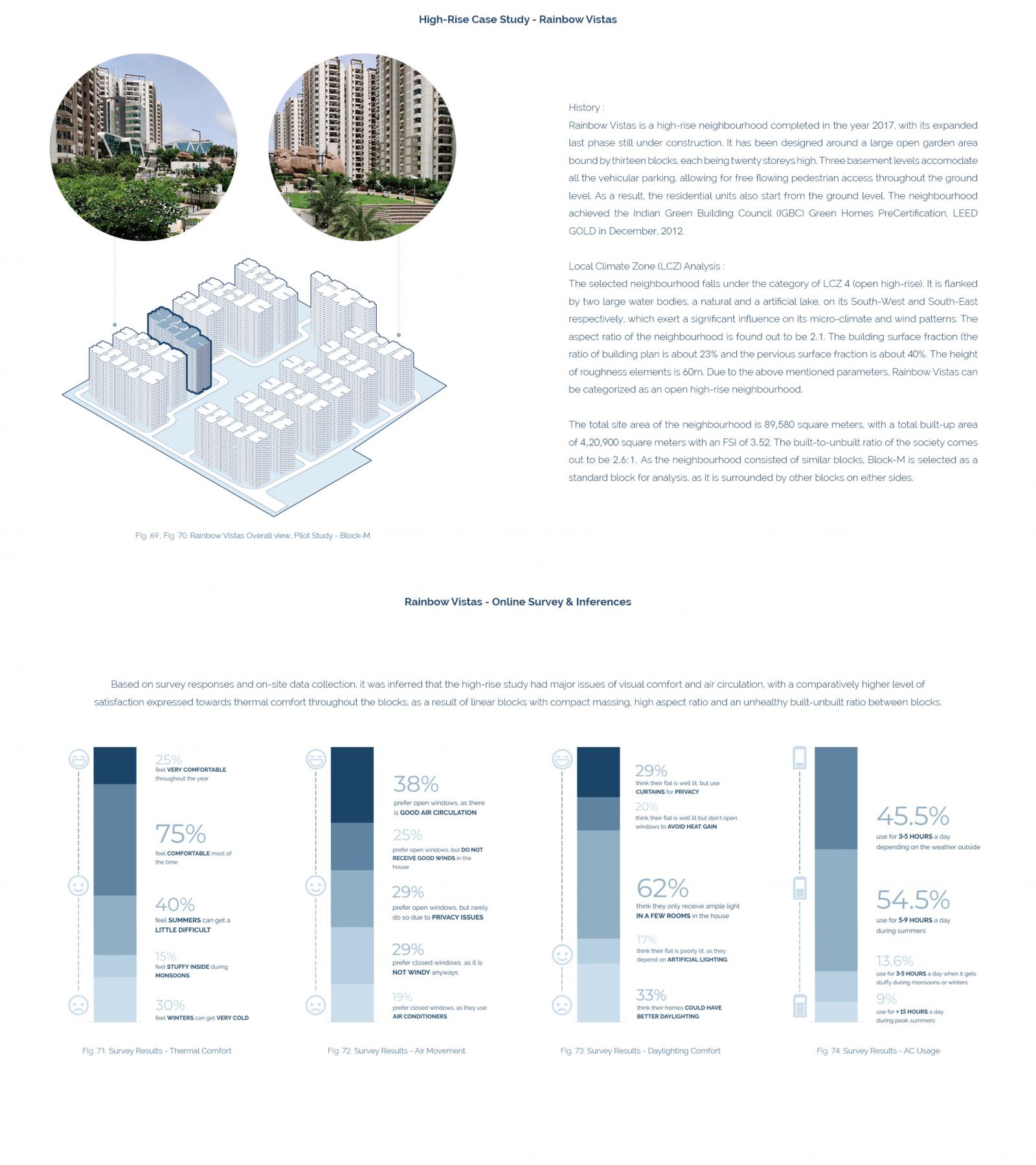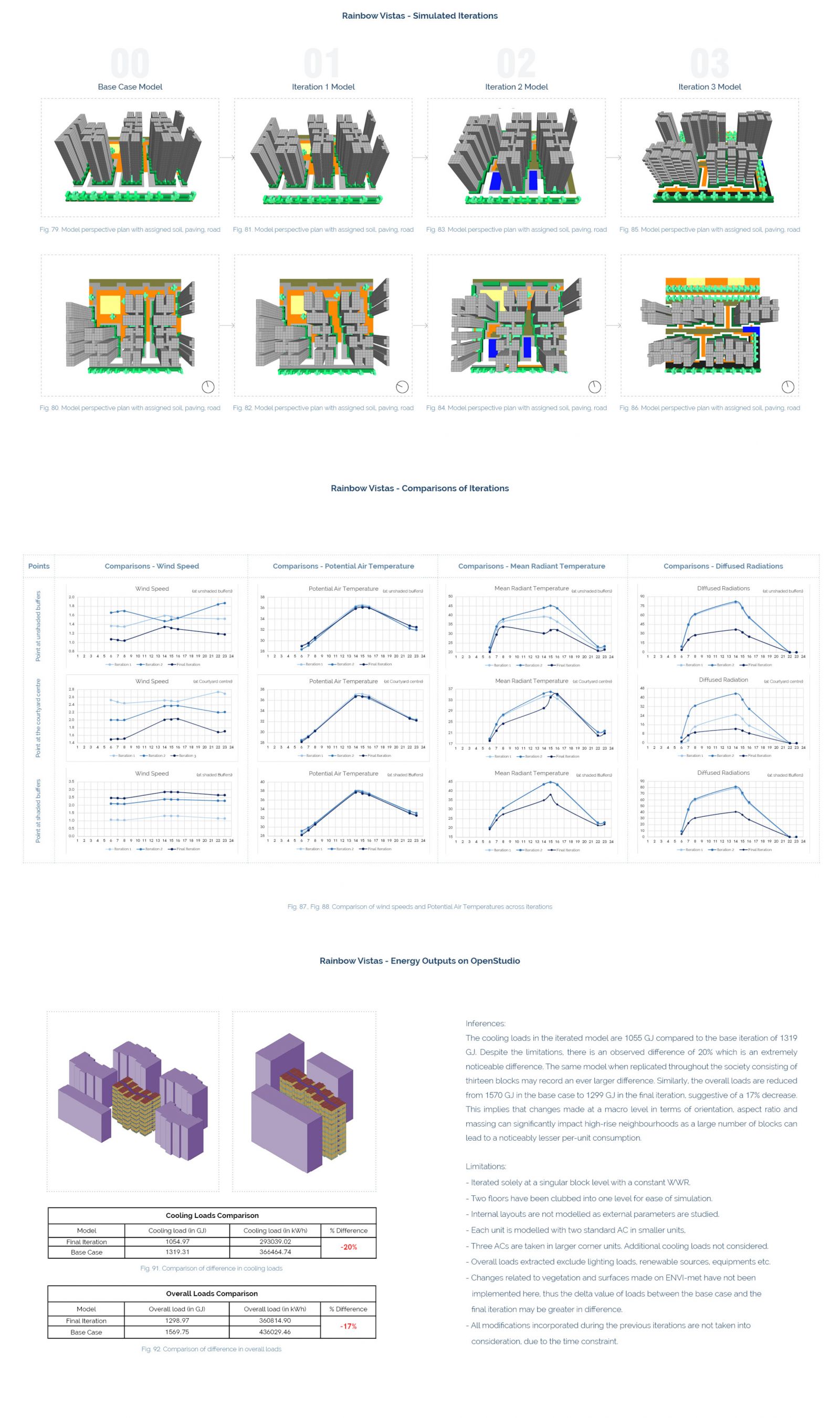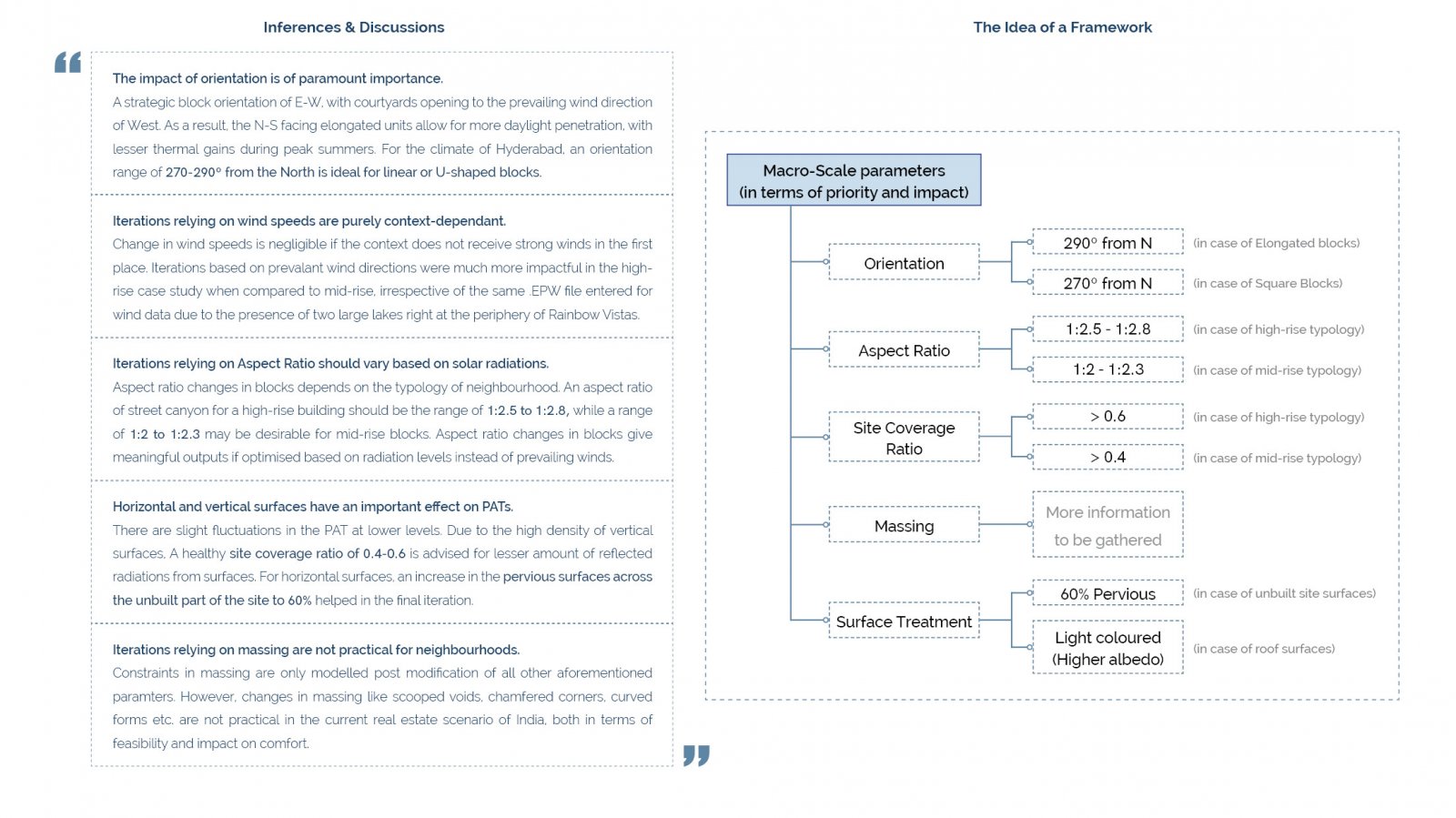Your browser is out-of-date!
For a richer surfing experience on our website, please update your browser. Update my browser now!
For a richer surfing experience on our website, please update your browser. Update my browser now!
The global urban population is expected to increase by 2.5 billion by 2050, with much of this growth in Africa and Asia, and urban land cover is expected to grow at twice the rate of the urban population. With a potential shortage of land and the urban population resorting to denser forms of living in the foreseeable future, residential massing and orientation can play a huge role in governing the impact of buildings on urban warming. A rise in the residential and commercial sectors in India has seen the energy requirement grow over 800 TWh annually, most of which is facilitated through non-renewable sources, whose supply is gradually diminishing. The dependence on non-renewable resources like Coal, Oil and Natural Gas even in the present day is alarming. Almost 75-80% of India’s electricity is still generated from these sources, which calls for immediate shifts to renewable energy sources. This research addresses the possibility of Net-Zero Energy in residential buildings in the composite climatic zone of Southern India through a macro-scale approach to achieving thermal comfort. Various additional approaches like visual comfort , resource management etc. should be incorporated The metropolitan cities down South, namely Hyderabad and Bengaluru, are seeing the development of newer and bigger residential projects every day, seemingly a trend which is unlikely to slow down in the years to come. Resultantly, the intention of the study is to notify agencies involved in projects of such scales about climatically responsive ways to deal with the ideas of building forms and orientation to maximise energy efficiency and thermal comfort.
